Travel
Hungry for art? Your next inspired getaway should be in Vienna
Zee Lifestyle editor-at-large Melo Esguerra celebrates art–both modern and classic–in a recent visit to Vienna, Austria.
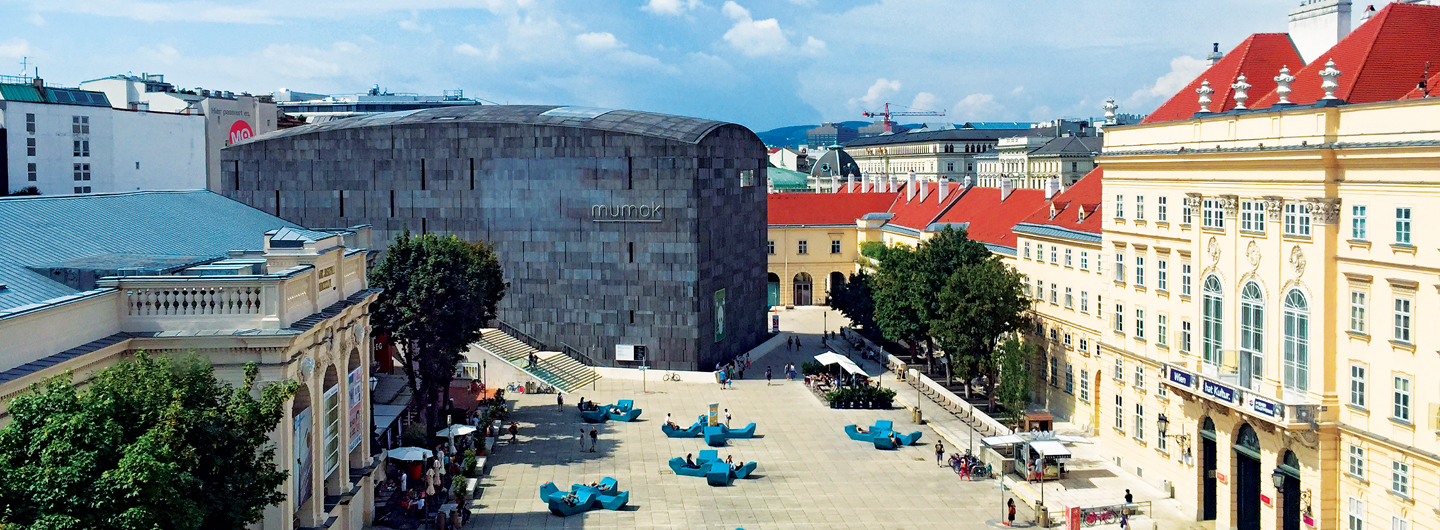
For hundreds of years, Vienna was a center of intellectual and artistic life. Now, the city that reinvented modernity is the vanguard again, further reinventing itself as a 21st century hub of contemporary design and earning the title of the art set’s newest capital. Upon the invitation of my dear friend, artist and curator Bogomir Doringer, I came to Vienna for the second time this year. This time, I was lucky to have stayed inside the Museums Quarter Wien, more commonly known as MQ.
Being one of the largest culture and art complexes in the world, MQ is a destination for culture seekers. You could spend an entire day diving into the vibrant sprawl of renowned museums, exhibitions halls and art spaces–which is exactly what I did.
The Imperial City Stables were constructed in the beginning of the 18th century, and later was adapted into trade fair and exhibition grounds. With its grand opening in 2001, the Museums Quarter is nearly 300 years in the making.
Today, there are baroque buildings and contemporary architecture. Cultural facilities in every shape and size represent a variety of art sectors that merge and coalesce to form a scintillatingly contrasting whole.
THE LEOPOLD MUSEUM
The Leopold Museum is home to one of the largest collections of modern Austrian art. It is an impressive treasure trove of Viennese art nouveau, the Vienna Workshop, Classical Modernism and the Expressionist period. Here you can find art by Gustav Klimt, Oskar Kokoschka, Richard Gerstl and the world’s largest collection of masterpieces by Egon Schiele.
It was the first time I found myself immersed in the work of Schiele, who is the protege of Gustav Klimt. I was bedazzled, bewitched and hypnotized by Schiele’s art, where sex is beautiful and the body poetic.
THE MUMOK
On the opposite corner building from The Leopold Museum is the MUMOK, which stands for the Museum of Modern Art Foundation Ludwig. The MUMOK houses a collection of around 9,000 modern and contemporary pieces. These span through classic Modernism, Pop Art Fluxus and Viennese Actionism to present-day film and media art. Major pieces include works by Andy Warhol, Roy Lichtenstein, Pablo Picasso, Claes Oldenburg, Franz West, Nam June Paik, Wolf Vostell and Gerhard Richter.
I had come to MUMOK at the right time. Europe’s biggest dance festival, the IMPULSRANZ (the Vienna International Dance Festival) had a performance by Peaches and Keith Henessy at the museum. Together with their 25 performers, all participants of their workshop, Peaches and Keith performed “Critical Joy.” Afterwards, they spread their weirdness, queerness and divisiveness to the rest of the world from the MQ main court!
THE AJNHAJTCLUB
At the Frei Raun Q21 exhibition space at MQ was an exhibition tackling an important contemporary issue: immigration. Bogomir curated the AJNHAJTCLUB, a celebration of migrant workers. These are the men and women who came from Yugoslavia (now Slovenia, Croatia, Serbia, Montenegro, Macedonia, Kosovo and Bosnia, and Herzegovina) to work in Austria, half a century ago.
KUNSTHISTORISCHES MUSEUM
A few steps from the MQ is the Kunsthistorisches Museum or the Museum of Art History. Walking up the stairs of this impressive palace is like walking in a dream. This museum, which opened in 1891, is considered one of the five most significant fine art museums in the world. Here, there are collections of Egyptian, Greek and Roman antiquities, alongside sculptural works and pieces of decorative art.
THE SECESSION BUILDING
Not far from the Museum of Art History is The Secession Building. It was erected in 1897 by Joseph Maria Olbrich as an architectural manifesto of the Vienna Scession group. It was designed to underline their break with conservative exhibition space Künstlerhaus.
Created in 1902, the Art Nouveau building is one of Vienna’s most compelling constructions. It is home to Klimt’s 32 meter-long Beethoven Frieze, which depicts Beethoven’s 9th symphony and can be viewed on the basement floor. The final section of the painting–the embracing lovers surrounded by angels–is also known as This Kiss to the Whole World. I couldn’t help but dream that one day I will host a dinner in that basement, surrounded by Klimt’s greatness.
THE BELVEDERE MUSEUM
It was at the Belvedere Museum where my eyes were treated to a feast of Klimt’s portraits and landscapes. It is here where you can find what’s probably his most recognized piece: The Kiss. Some art historians have theorized that the lovers seen lip-locked in The Kiss are none other than the painter himself and his long-time partner, fashion designer Emilie Flöge, who he had previously depicted in a portrait.
Visitors to the Belvedere Palace during this time were in for another treat. We have been confronted with 1,005 refugees’ life jackets drifting in the the baroque pond at the palace gardens, courtesy of Chinese dissident artist Ai Weiwei. The installation, entitled F. Lotus, consists of 201 rings each holding five life jackets retrieved from the Greek island of Lesbos. They are arranged in the letter F and float like lotus flowers. He said the work was his way of addressing the tragedy of Europe’s migrant crisis. The Ai Weiwei exhibition is entitled Translocation-Transformation. It extended from the Belvedere Museum to the 21erhaus, Museum of Contemporary Art.
My Austrian friend Alex once thanked me for promoting Vienna as a destination for free thinkers and free-spirited travelers. I never thought that I was promoting Vienna at all. All I did was chronicle the adventures that inspired my soul. And always, after every visit to Vienna, my heart and soul is always full.
Originally published in Zee Lifestyle, Dec-Jan 2017
Lifestyle
Find Your Summer Spirit in Shangri-La Mactan, Cebu
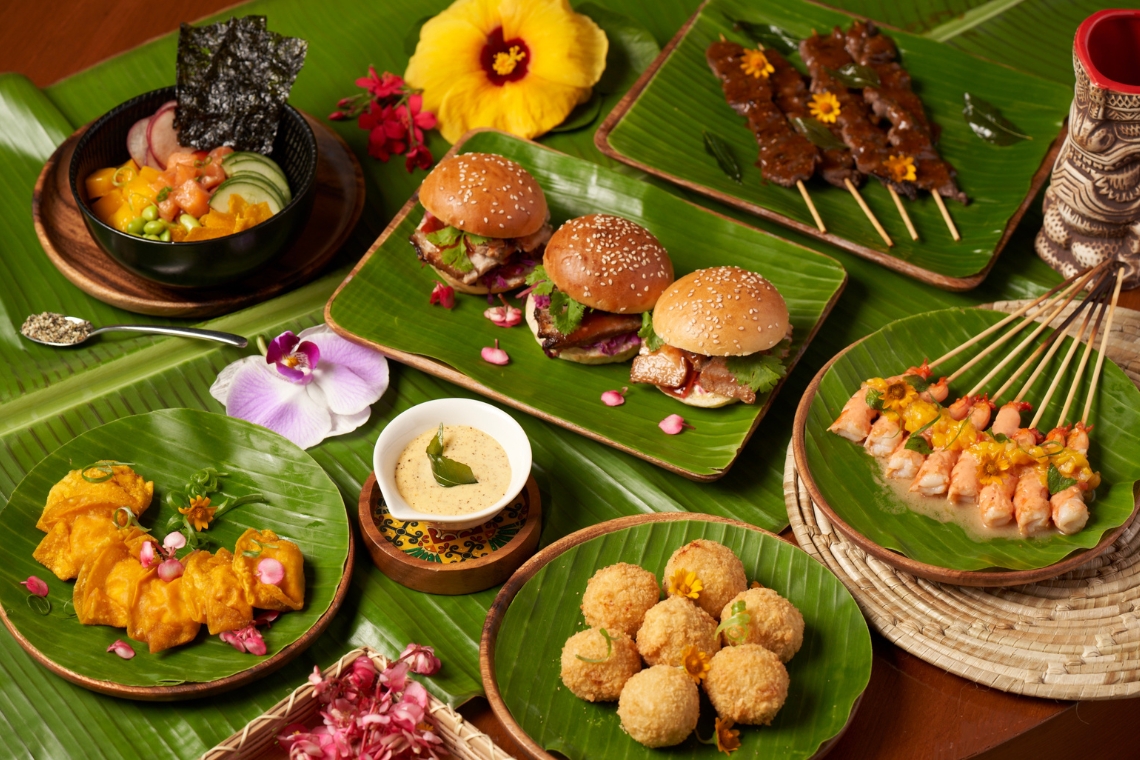
Breathe in the tropical atmosphere, as you find summer joys through sight, sound and taste at Shangri-La Mactan, Cebu. Poolside fun during the day, spent serenely and luxuriantly—a refreshment in hand. While the evenings are for outdoor family movie nights, with the ocean waves rippling in the background.
Summer is all of that, and more! Plan an extraordinary weekend with an array of exciting activities that await your arrival. Discover your #ShangriLaSummerSpirit from 15 July to 30 August.
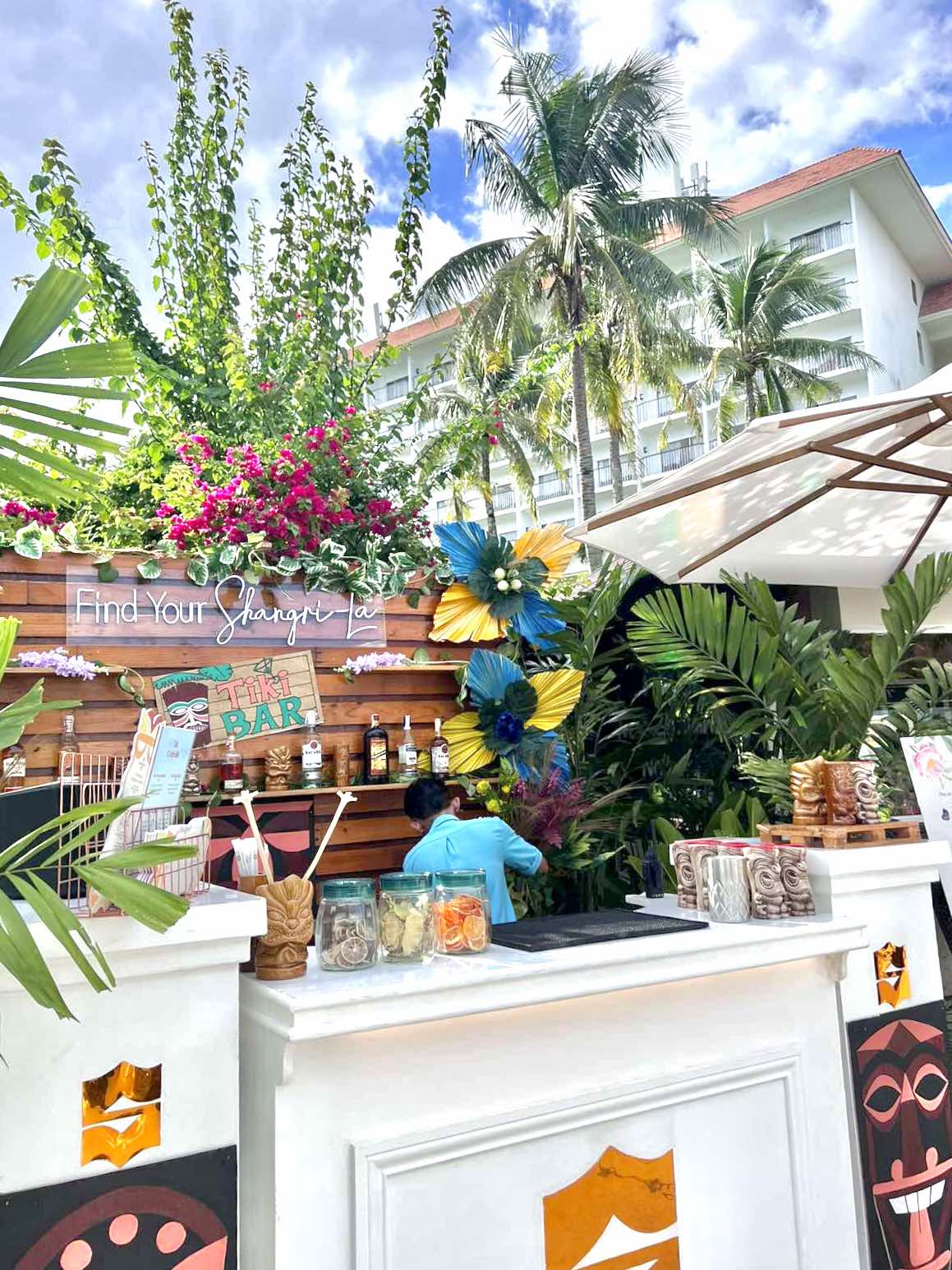
Tiki Bar at Buko Bar
Epicurean Delights by the Pool
Keep yourself fueled up as you splish and splash with the whole crew. Take a quick break from all that summer jazz with Mediterranean and Polynesian-inspired bites exquisitely crafted for your palate. From rice balls and pastas, ice creams to sliders—indulge in tastes and aromas that transport you to a world of endless, golden summers.
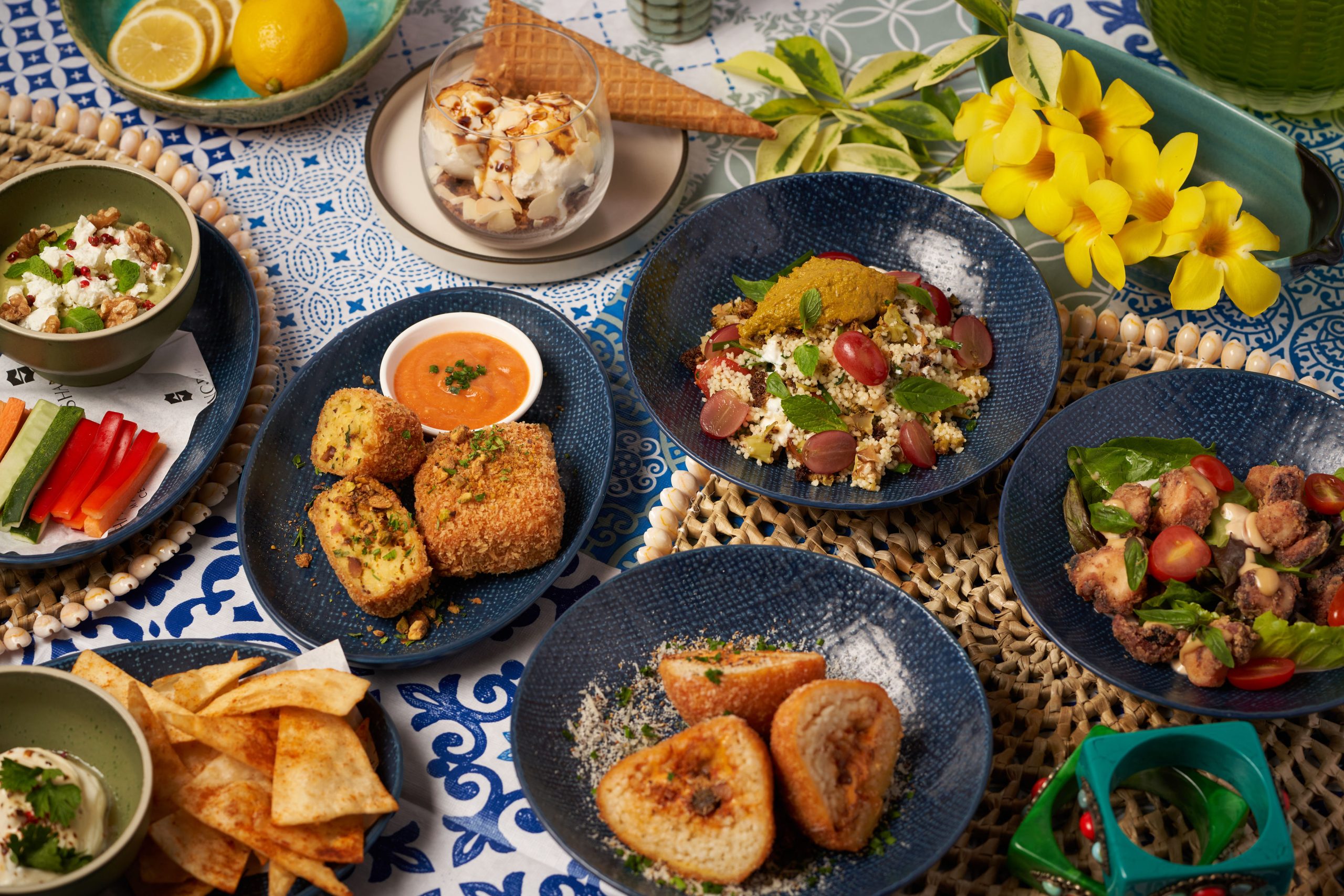
Mediterranean Selections at Acqua
A Whimsical Touch
Make it a colourful summer for the kids! Let them explore their own version of paradise with whimsical floaties, sure to keep them happily afloat. Your little ones can now freely kick and play in the water with fun and fascinating, animal-shaped inflatables.
Pleasant Sundowner Tunes
Bid the sun adieu and embrace the sunset hues with live acoustics at the Main Pool from 4pm to 6:30pm.
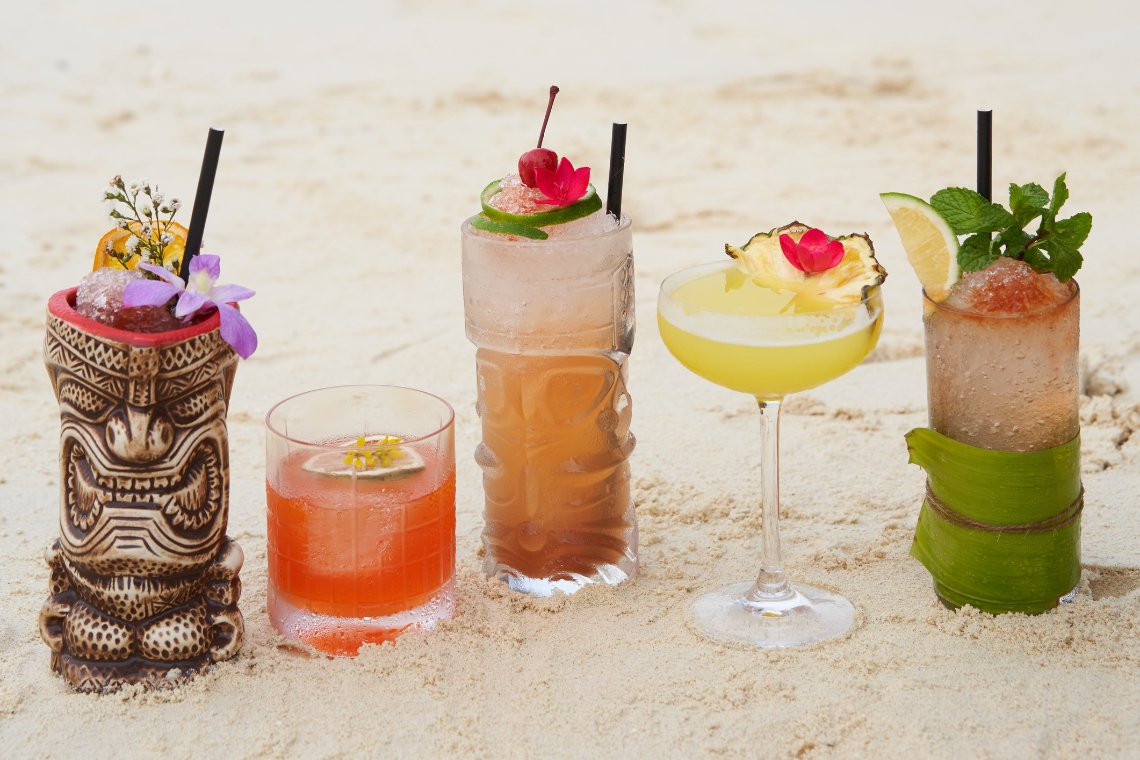
Tiki Cocktails at Buko Bar
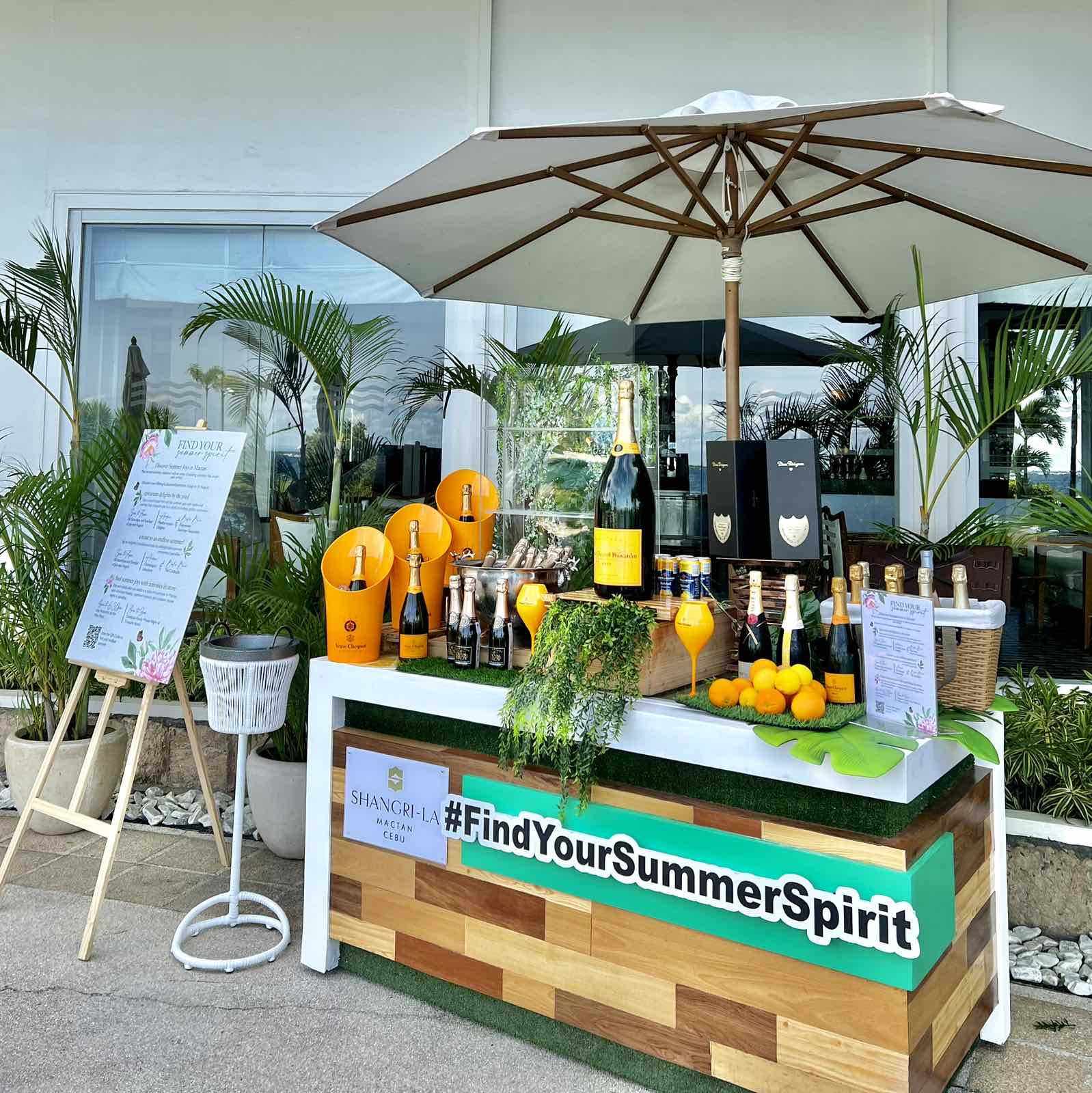
Champagne Bar at Acqua
A Toast to an Endless Summer!
Unwind and savour the tropical vibe as our expert mixologists craft refreshing Tiki cocktails and serve chilled bottles of exquisite champagne by the pool! With a backdrop of swaying palm trees and stunning ocean views, sip on delightful beverages and toast to unforgettable summer moments in paradise.
Family Outdoor Movie Night
Gather your nearest and dearest for an enchanting evening as we set up a large outdoor screen by the pool under the starry night sky. Cozy up as you enjoy a family-friendly movie that will delight both those who are young and young-at-heart at Treasure Island from 7pm to 9pm.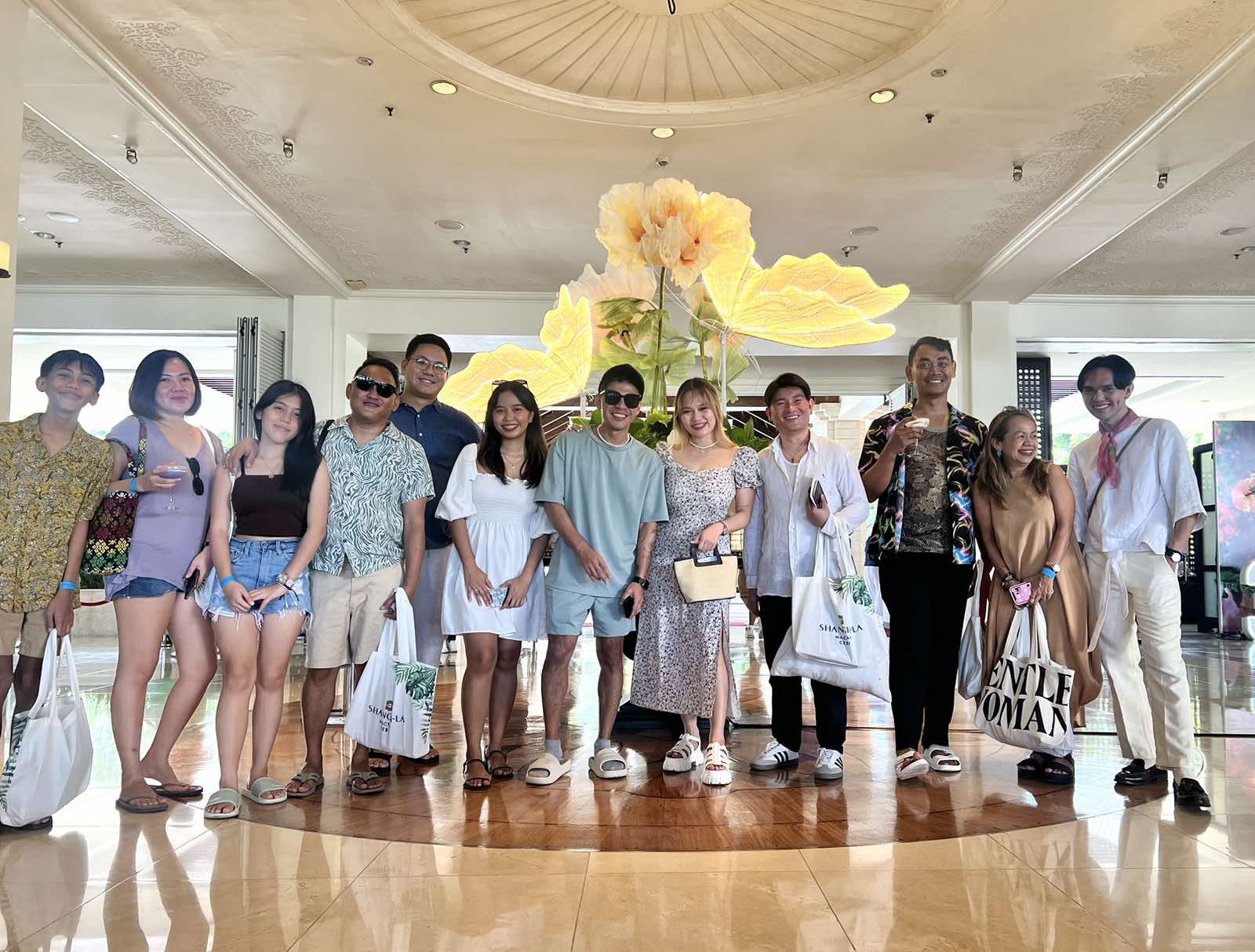
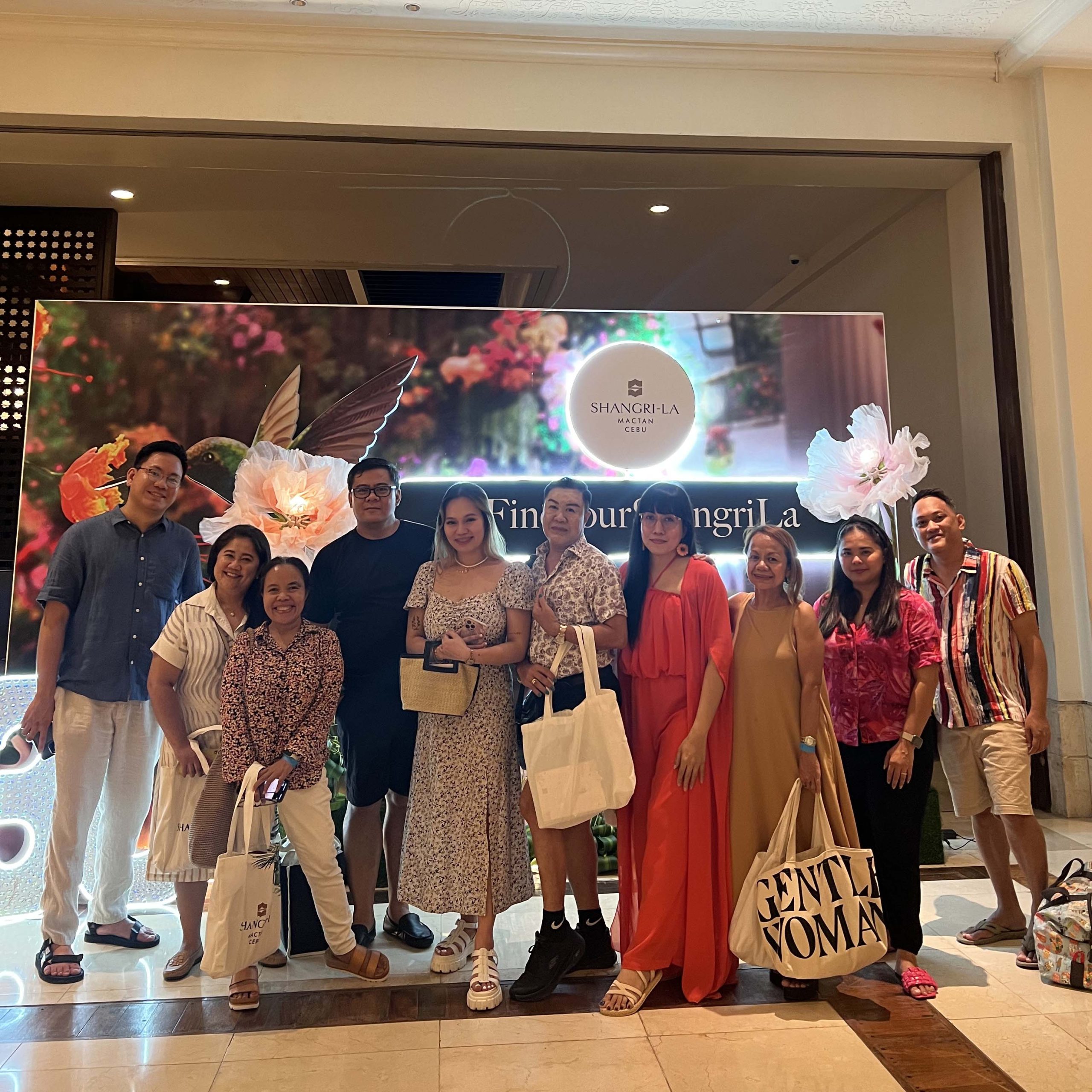
Surrounded by lush greens, let the experience bring you to a world of joy and laughter, creating cherished memories for you and the family. For more information on Shangri-La Mactan, Cebu, you may contact (032) 2310288. You may also follow them on Facebook and Instagram or visit https://www.shangri-la.com/cebu/mactanresort/ #FindYourSummerSpirit #FindYourShangriLa
inside
LONDON IN FULL BLOOM: An Exclusive Look at the recent Chelsea Flower Show
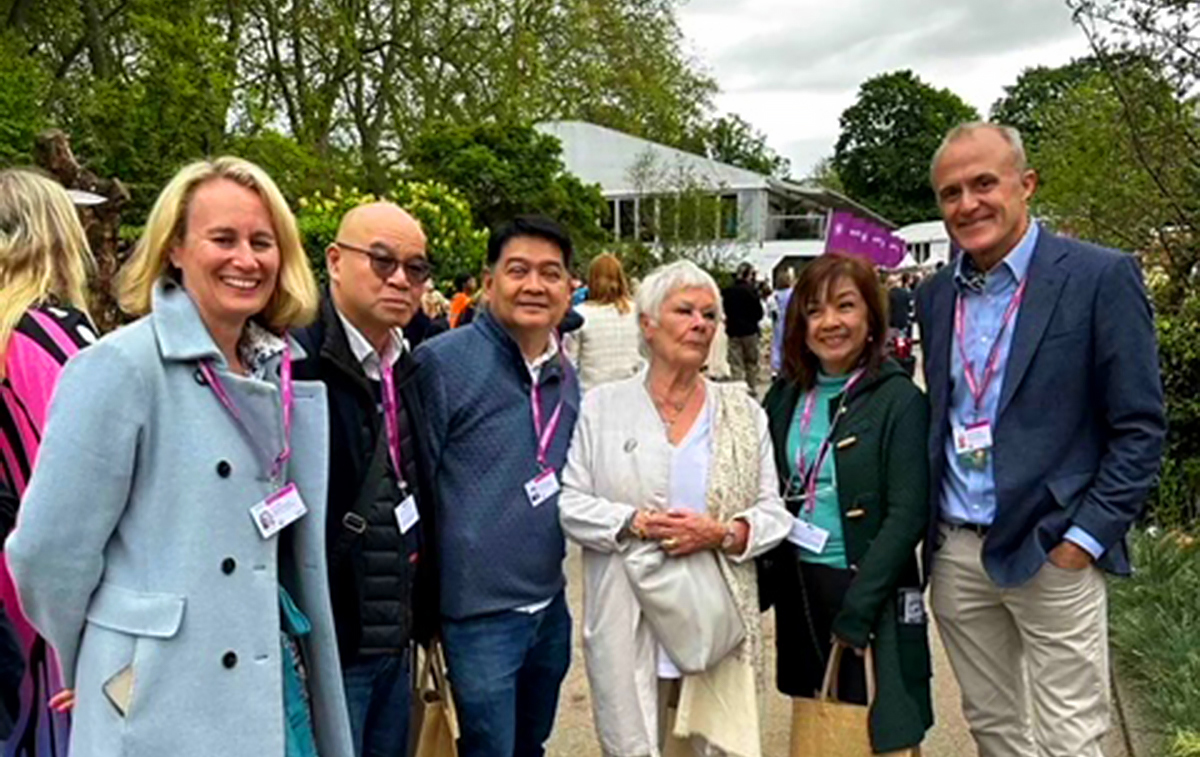
The Chelsea Flower Show in London, one of the most prestigious horticultural events in the world, returned in full glory in May 2023, captivating visitors with its stunning displays and landscape designs. Held annually on the grounds of the Royal Hospital Chelsea in London, this year’s show proved to be a true feast for the senses, showcasing an array of breathtaking gardens, vibrant floral arrangements, and innovative landscaping. The 3-day event showcased 36 outdoor gardens, including four balcony gardens for small spaces. Inside the giant pavilion, blooms compete with each other, exotic flowers, roses, and many more.

Princess Kate Middleton walking the booths at the Chelsea Flower Show.
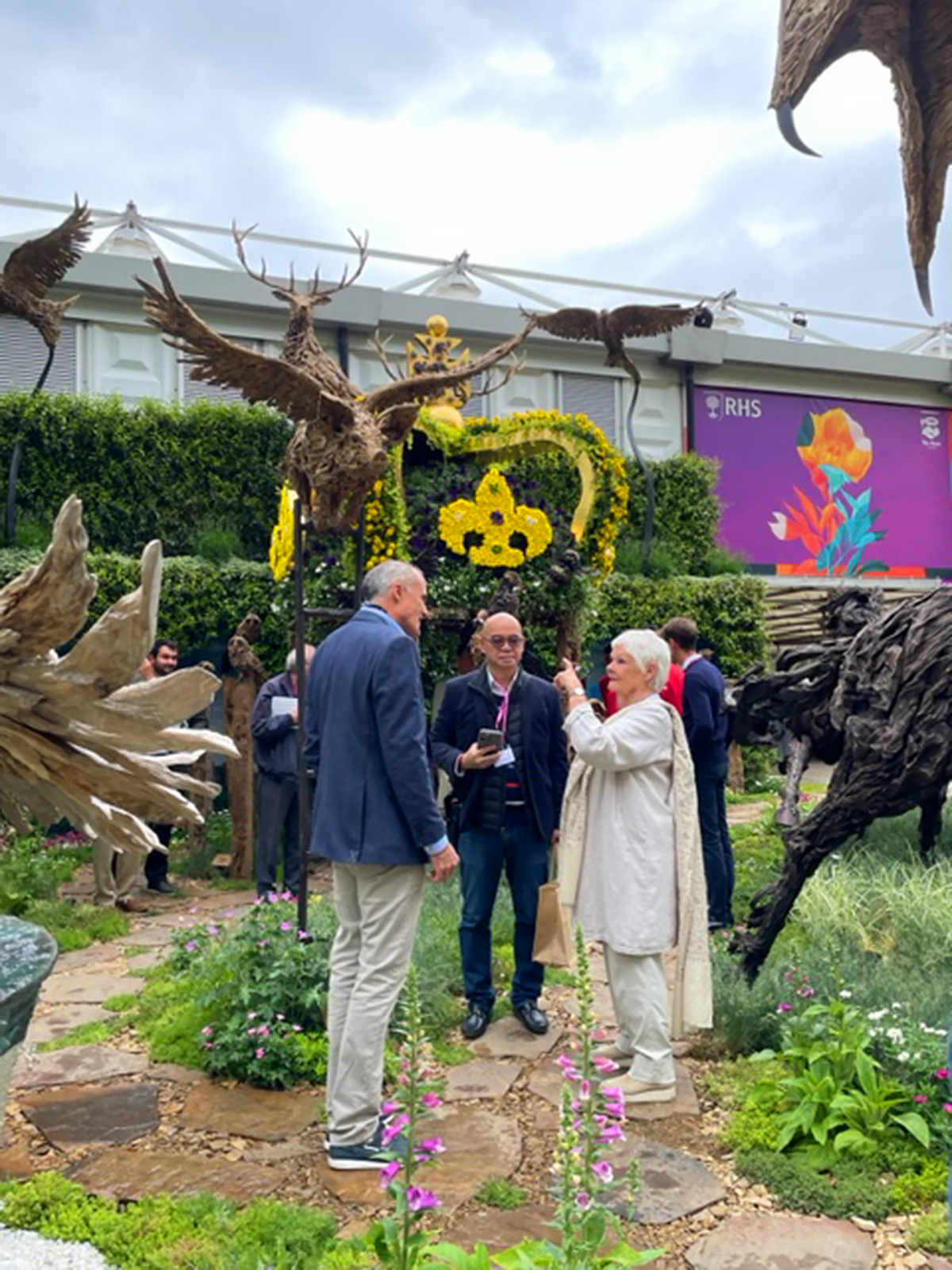
Dame Judy Dench, who owns several of Webb’s pieces in her garden, with James Doran-Webb and Jerry Sibal discussing the works of James.
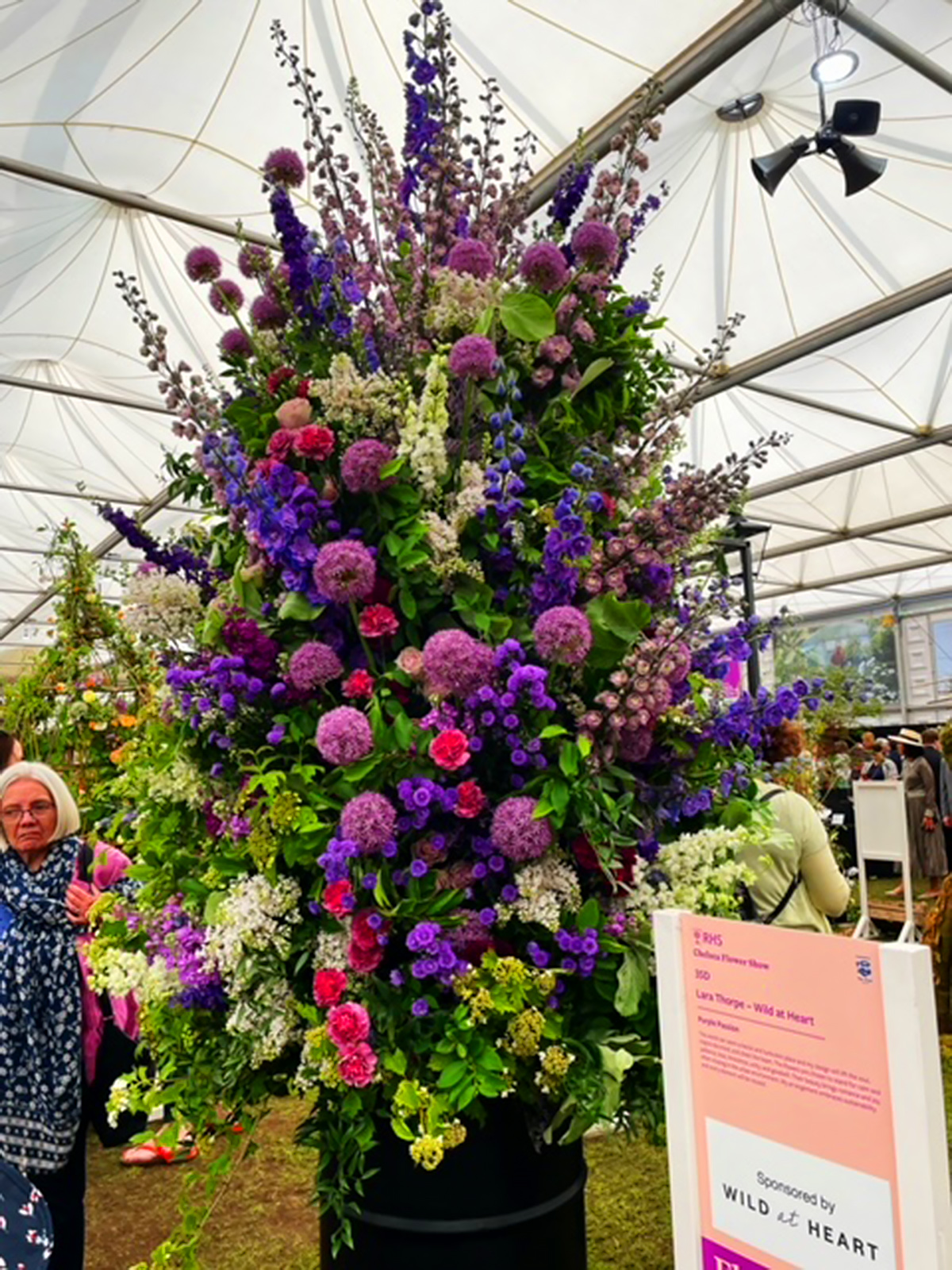
One of the flower arrangements competing at the show.
The 2023 Chelsea Flower Show embraced a Nature’s Harmony theme, with a strong focus on sustainability and mental health. The show’s organizers emphasized the importance of sustainable gardening practices and biodiversity conservation, inspiring attendees to create beautiful outdoor spaces while preserving and protecting the environment.
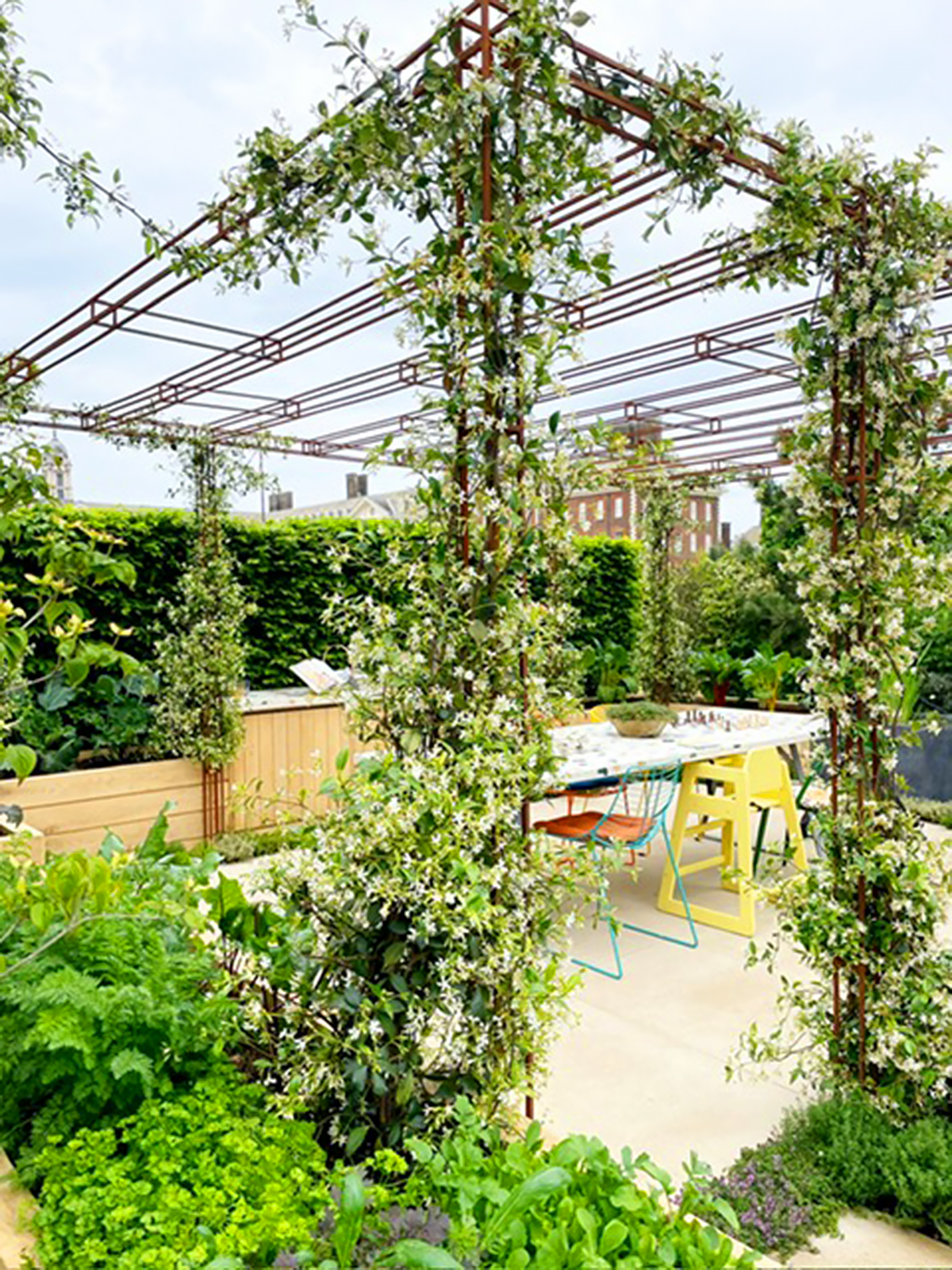
One of the floral gazebo displays recycled chairs and salvaged materials.
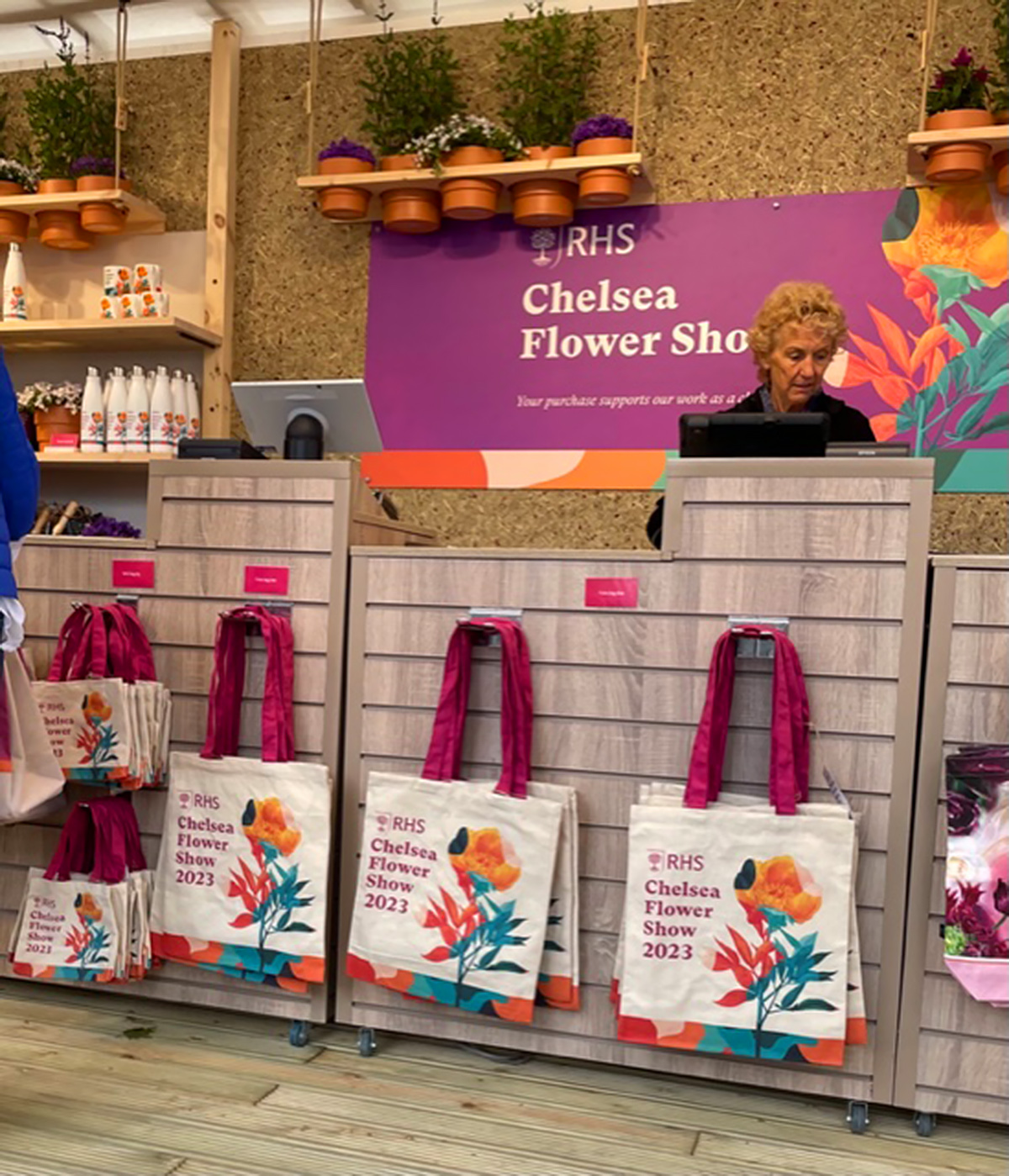
Shops at the Chelsea Flower Show are mostly from sustainable materials.
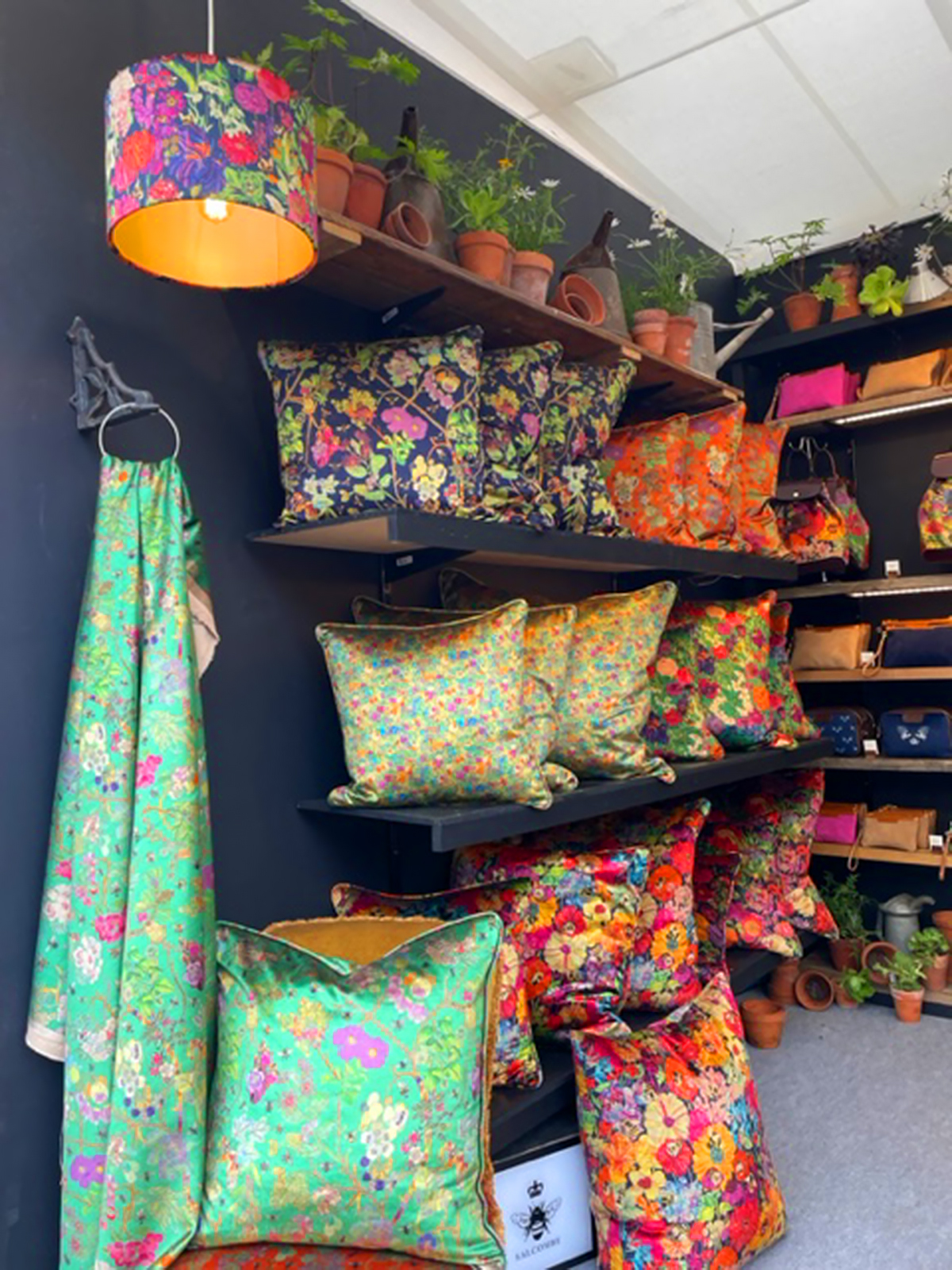
What’s Cebu got to do with the Chelsea Flower Show in London? One person. James Doran Webb (https://www.jamesdoranwebb.co.uk), an Englishman working with driftwood, has been displaying his artworks for several years. James collects cast-off driftwood and shapes them into beautiful animal shapes that find places in some of the most iconic gardens. Leaping horses, owls, reindeer, and the occasional dragon, James Webb’s creations are avidly collected by landscapers to add accent to gardens in all sizes, using cast-off wood, fitting perfectly with the sustainable element—something Mr. Webb has done quite well for the last decade.
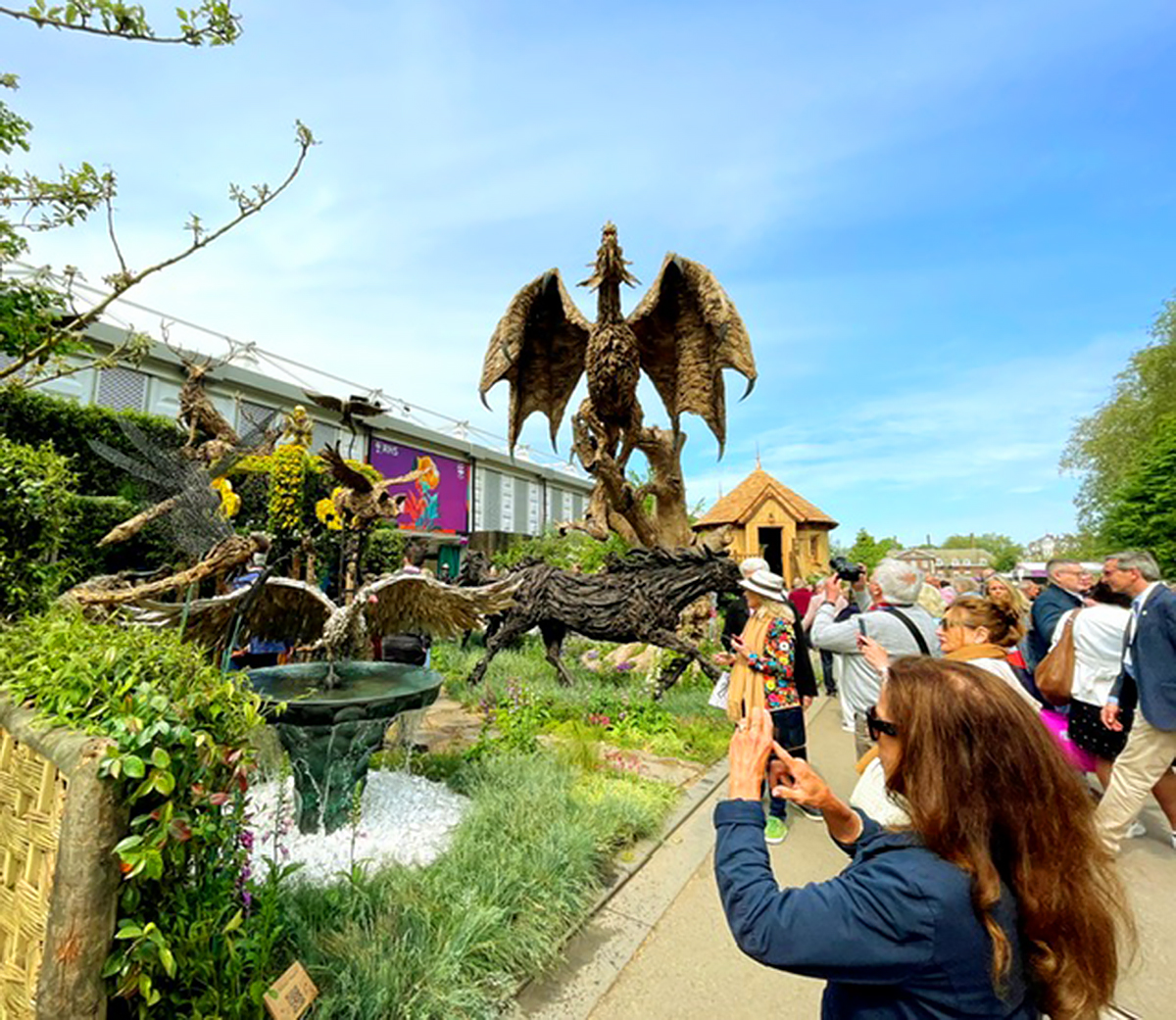
The impressive dragon of James Doran-Webb
***
The Philippine International Flower Festival will be held at the PICC in Manila from January 14 to 18, 2024. Watch out for more info from our website!
Leisure
Club Serena: A ‘Serene Luxury’ Experience in the Heart of Cebu’s Diving Mecca
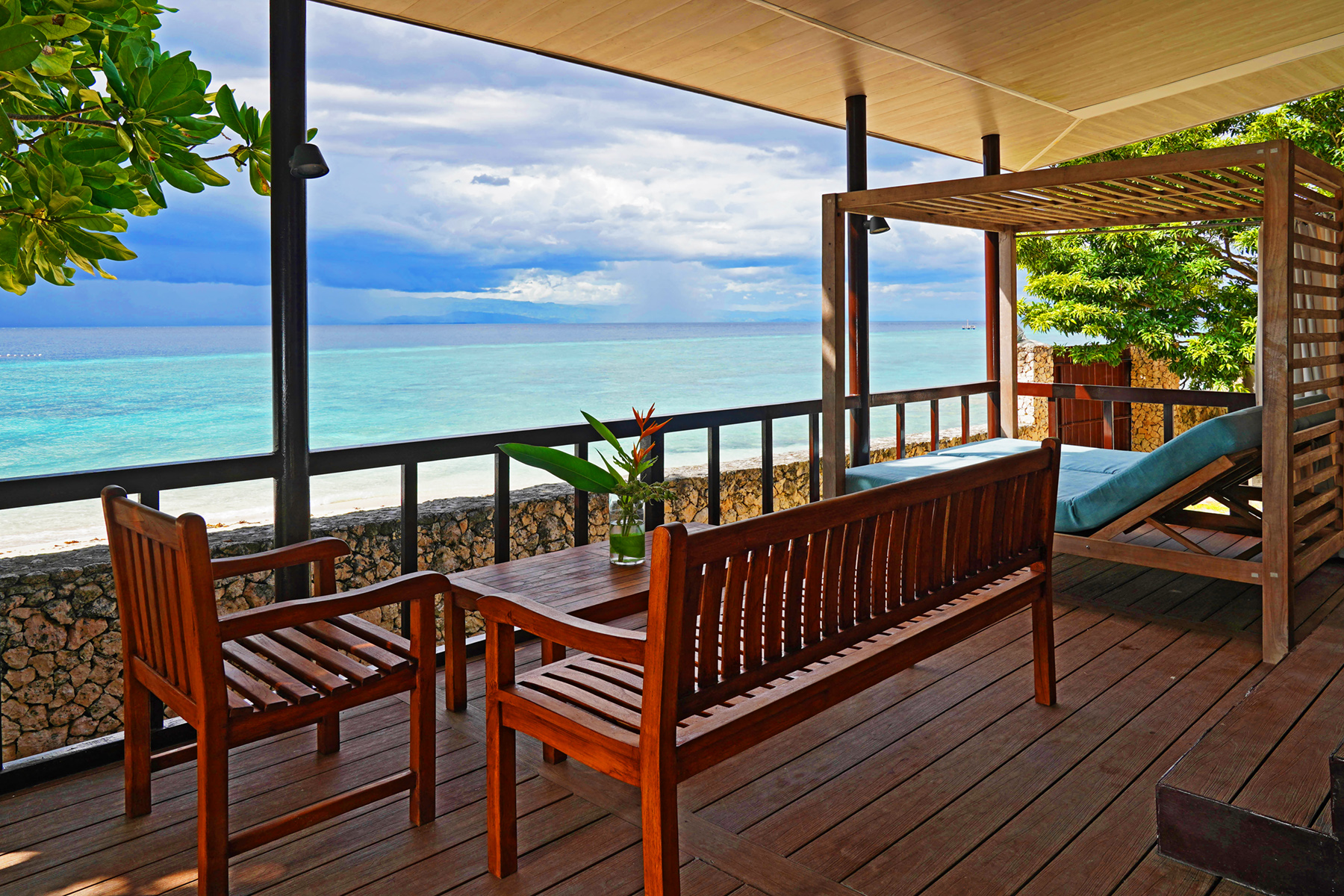
photography by GPA Art and Photography
A three-hour drive, or more, depending on traffic, the fishing town of Moalboal in the southwest of Cebu Island is an extremely popular destination for divers and weekenders who love the white sand and pink sunsets. It is also a favorite place to stay for expats looking for a laid-back life of endless coffees or cocktails.
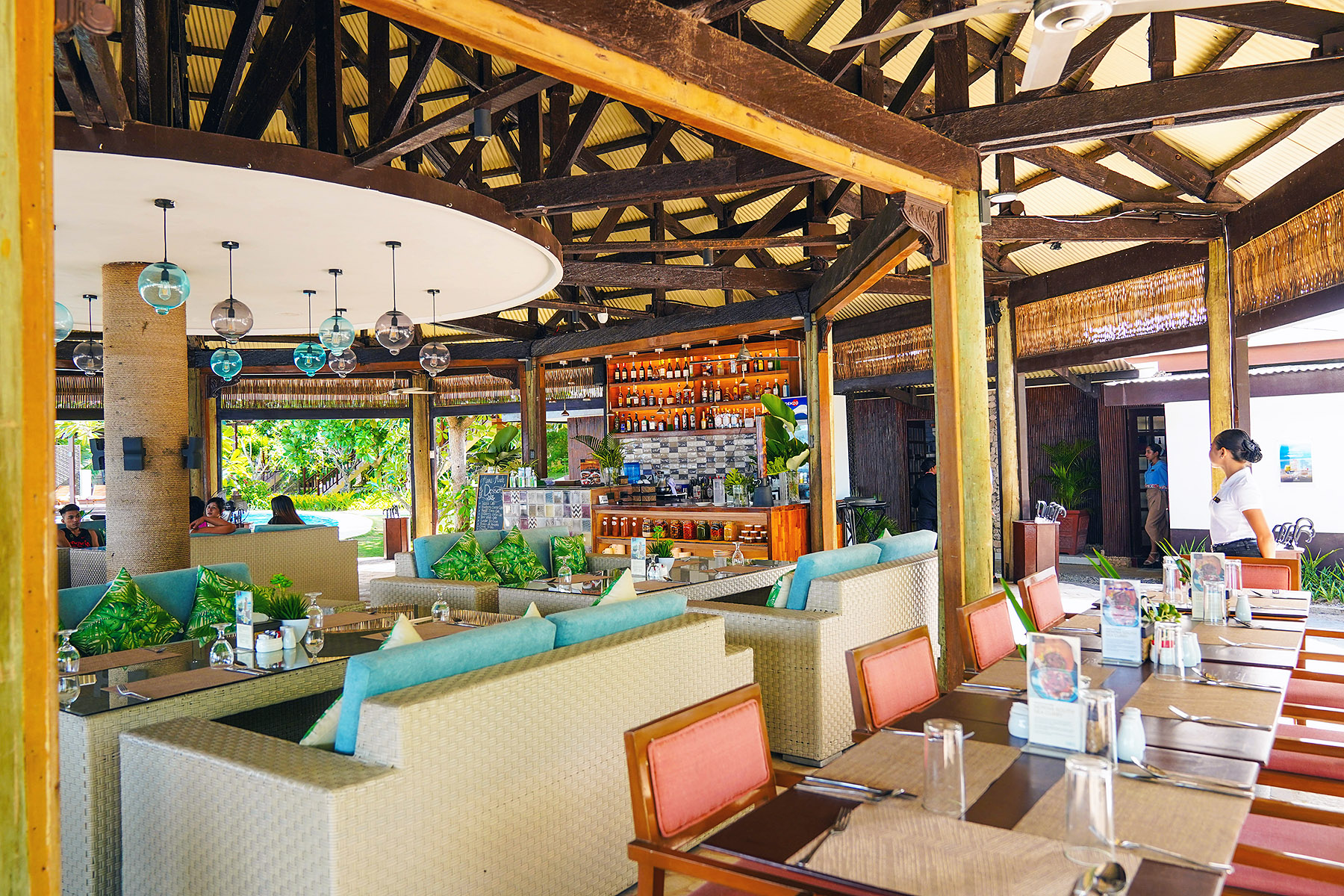
Thankfully, the big chain resorts haven’t discovered it and places to stay are mostly small family-run resorts. But if pampering is what you are looking for, there is only one hotel to book in Moalboal. Club Serena Resort is a 1.7-hectare beachfront property perched above coral rocks, presenting a unique union of luxurious accommodations and a host of activities to be enjoyed. This hidden gem is reached through a dirt road away from the main highway. Fronting a wide swath of white sand beach, it is an easy walk past several smaller resorts to reach the main town.

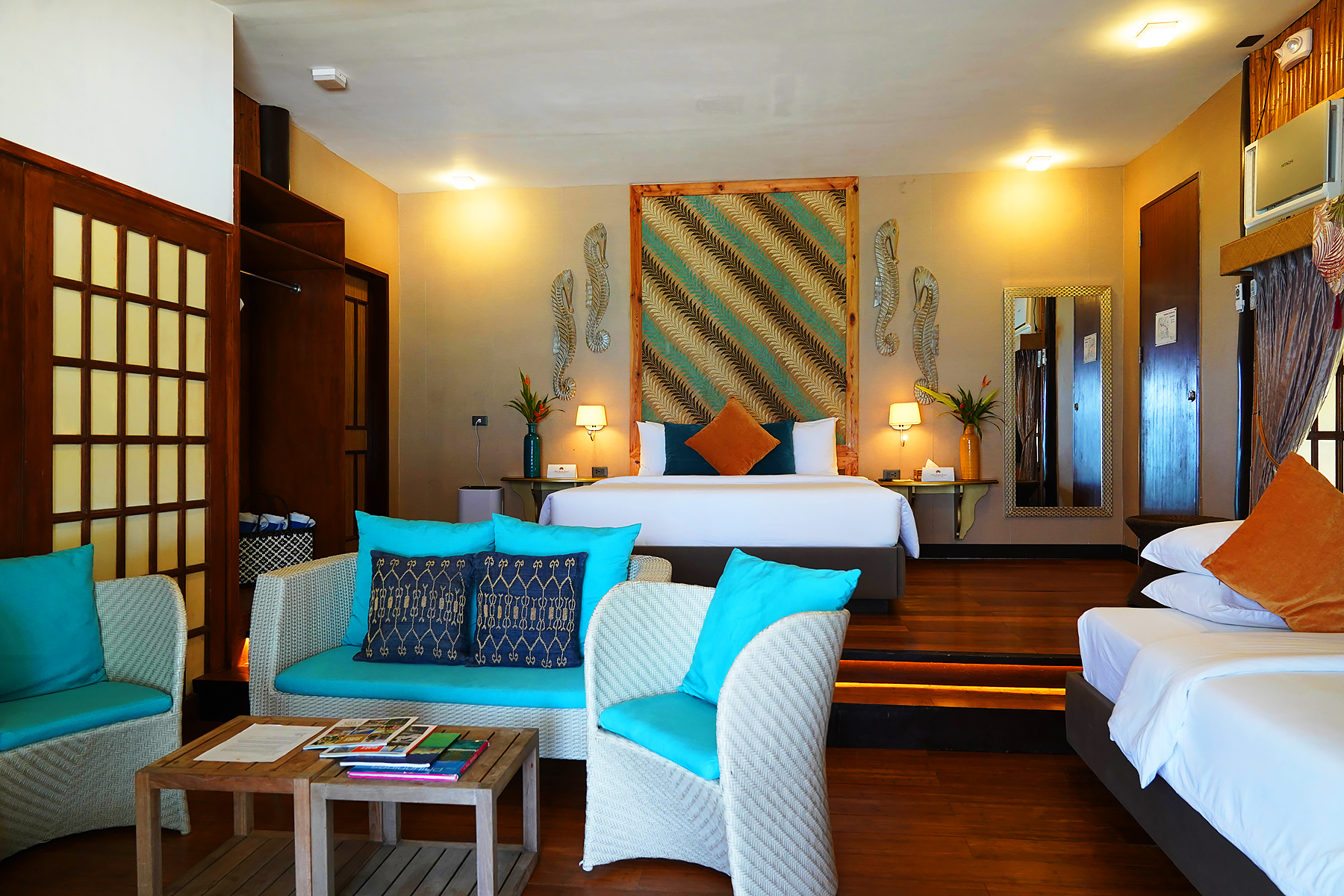
Recently renovated by noted architect James Jao, the new Club Serena has 17 rooms, three swimming pools, a restaurant, and a beachfront event space, all designed with modern Filipino aesthetic. On the drawing board are more rooms to be added, an expansion of their modern dive shop, and their popular Kids’ Club program. Their food outlet, Mira, offers all-day dining, favorite among visitors and locals, as well as the growing expat community that has settled in Moalboal.

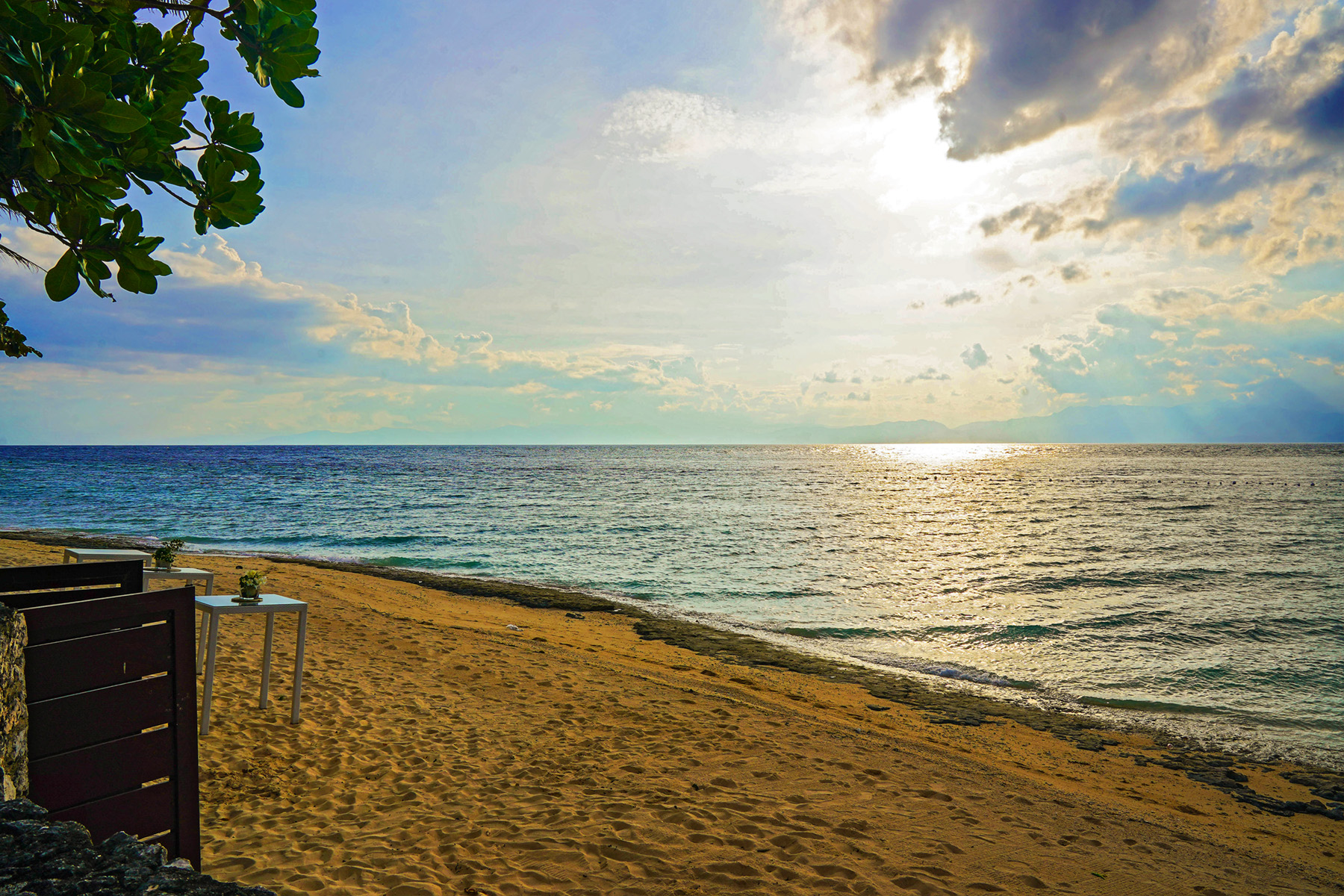
Club Serena offers diving courses for adults and kids by their resident operator, Seven Seas Aquanauts Phil. Corp, a PADI 5 accredited diving facility operating since 1988. For a complete list of the courses and their rates, please call (+63) 917.872.6367 or (+63) 905.459.5307.
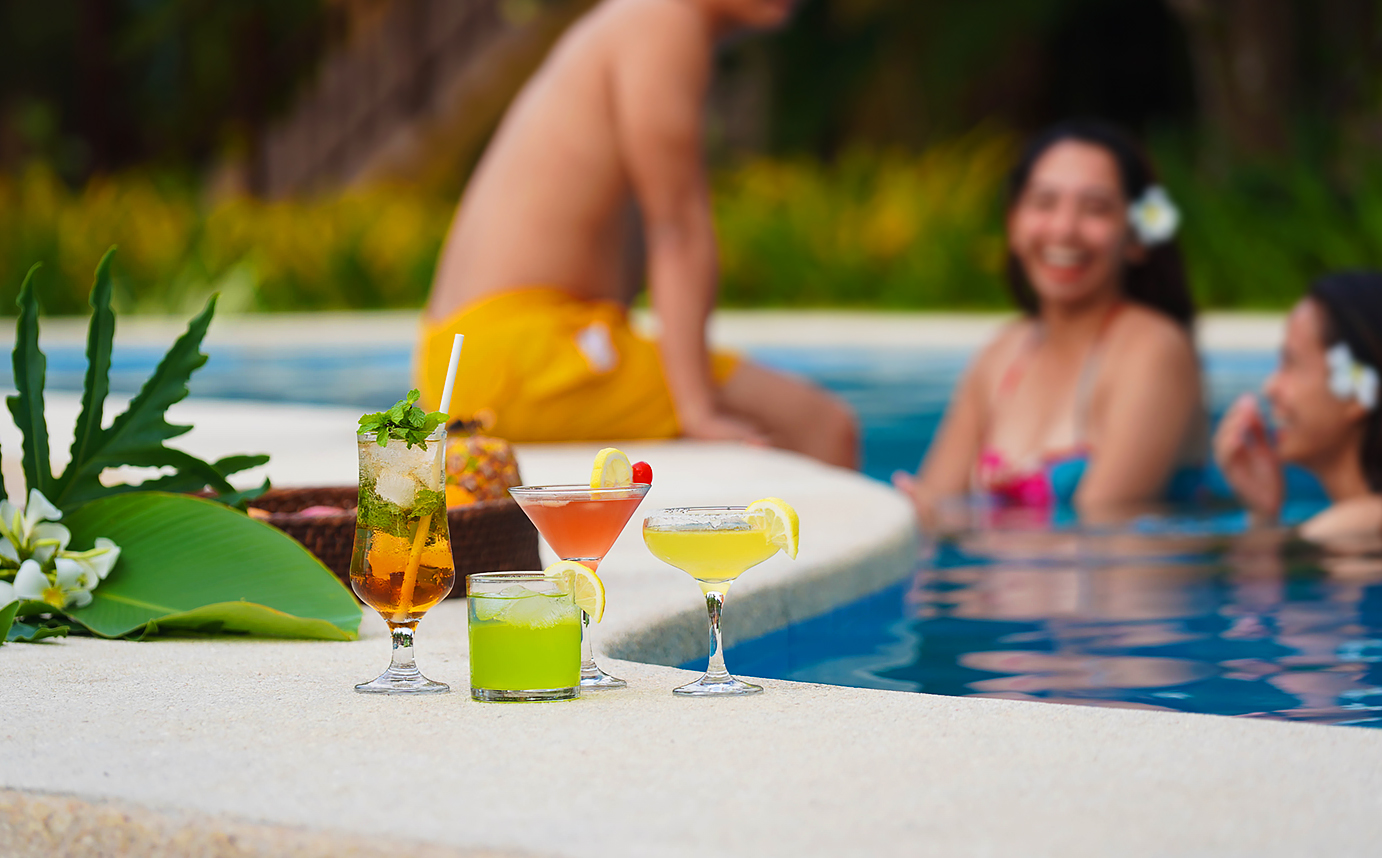
The resort encourages above-water activities as well, and they have several paddle boards and kayaks available for guests to use.
For rates and more information, visit www.clubserenaresort.com or email sayhello@clubserenaresort.com or (+63) 917.872.6367 or (+63) 905.459.5307. You can also visit their Facebook page for updates.
-
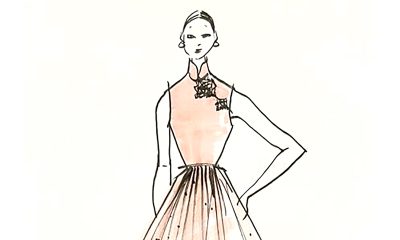
 Fashion2 months ago
Fashion2 months agoThe Qipao As Interpreted by Innovative Filipino Designers: JC BUENDIA
-
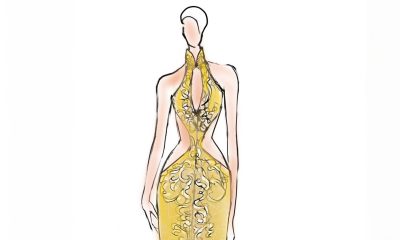
 Fashion2 months ago
Fashion2 months agoThe Qipao As Interpreted by Innovative Filipino Designers: PHILIP RODRIGUEZ
-
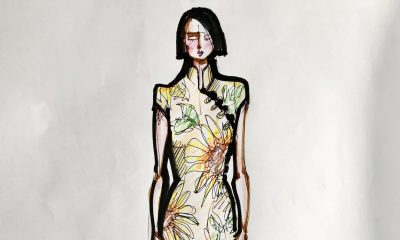
 Fashion2 months ago
Fashion2 months agoThe Qipao As Interpreted by Innovative Filipino Designers: PROTACIO EMPACES
-

 Fashion2 months ago
Fashion2 months agoThe Qipao As Interpreted by Innovative Filipino Designers: EDWIN AO
-
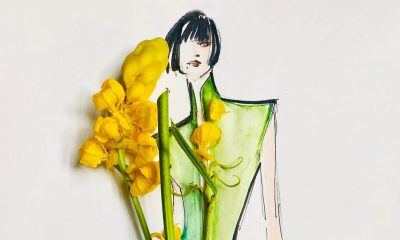
 Fashion2 months ago
Fashion2 months agoThe Qipao As Interpreted by Innovative Filipino Designers: RAJO LAUREL
-
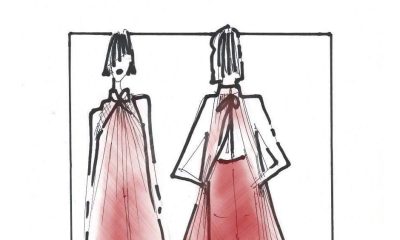
 Fashion2 months ago
Fashion2 months agoThe Qipao As Interpreted by Innovative Filipino Designers: VIC BARBA







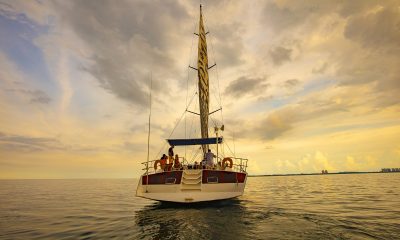

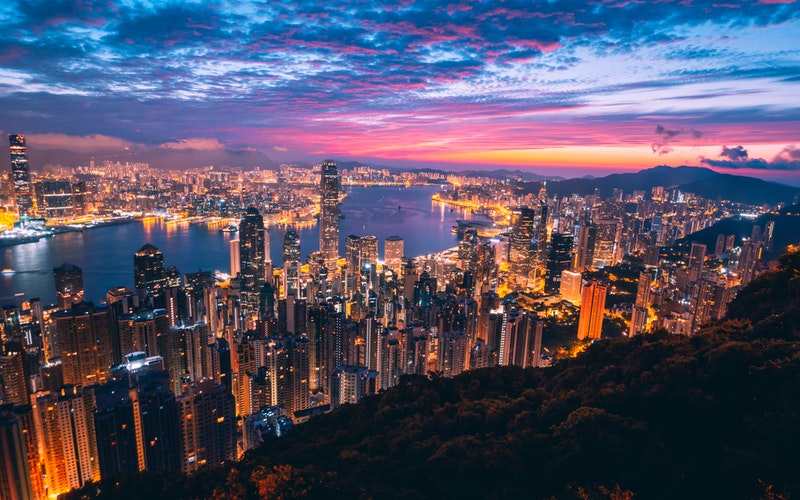







You must be logged in to post a comment Login